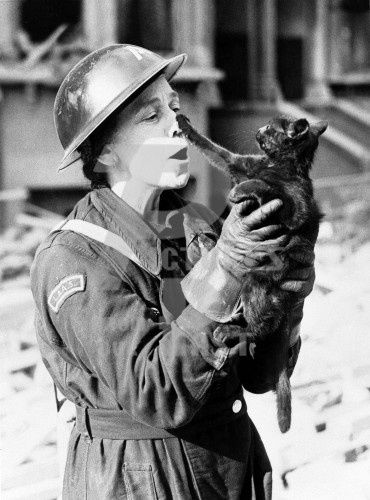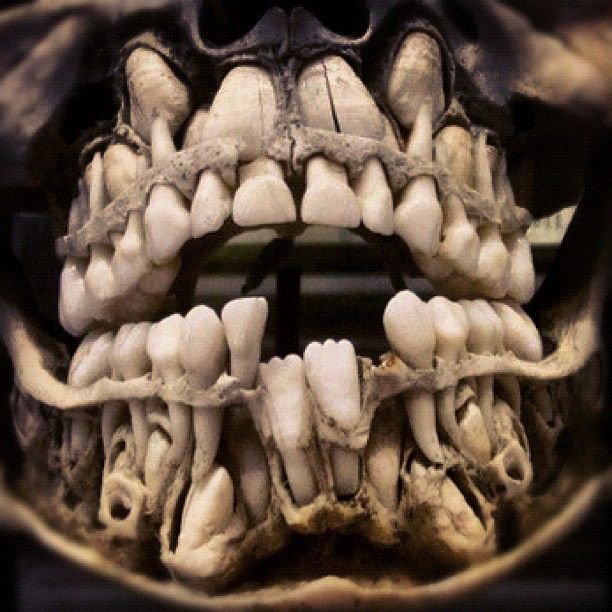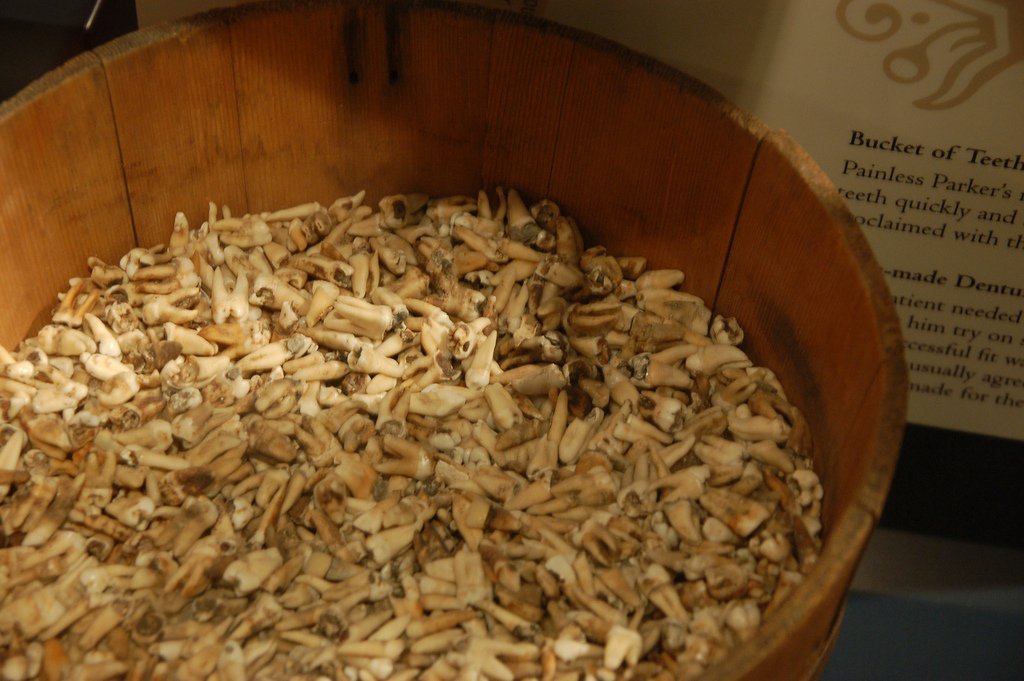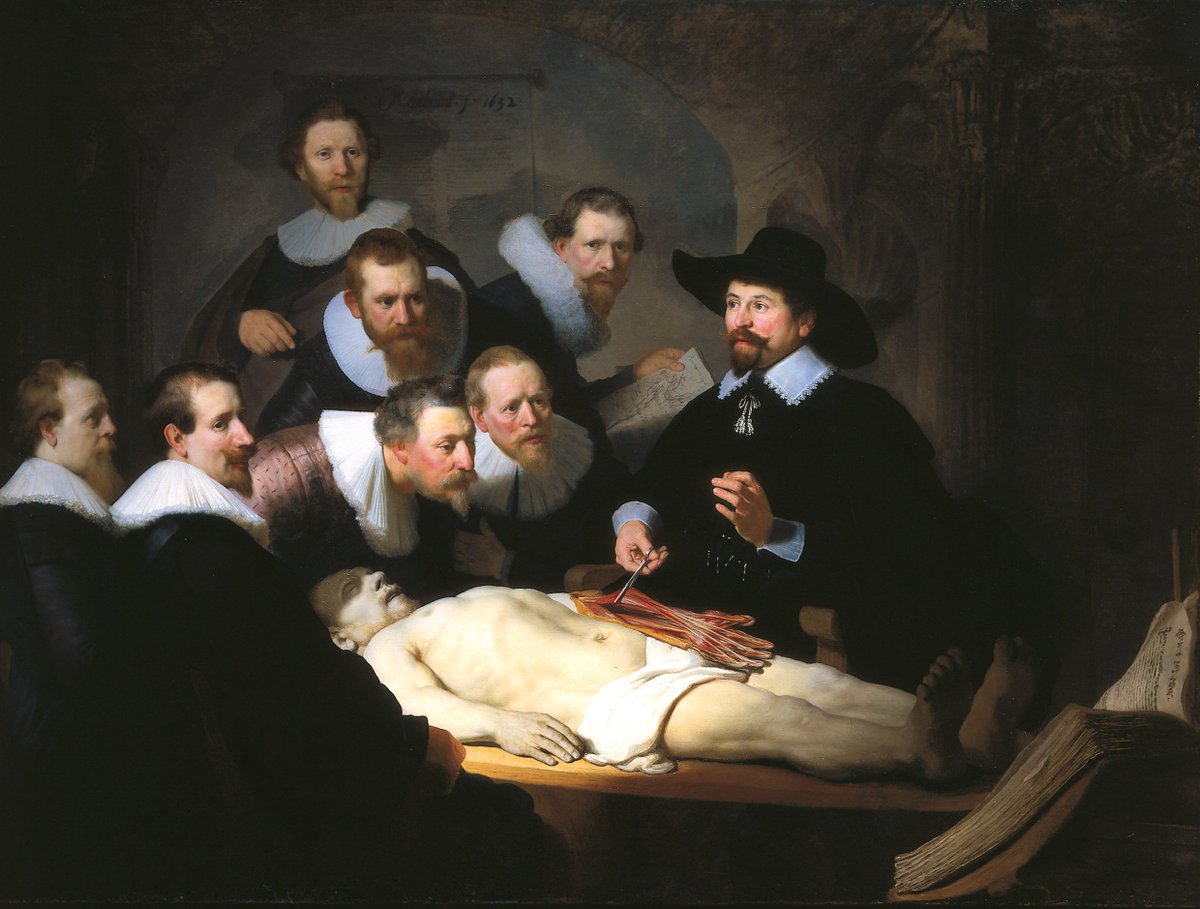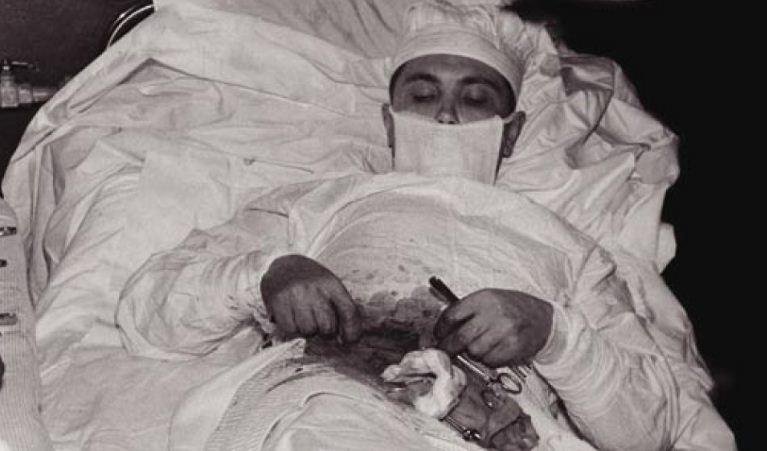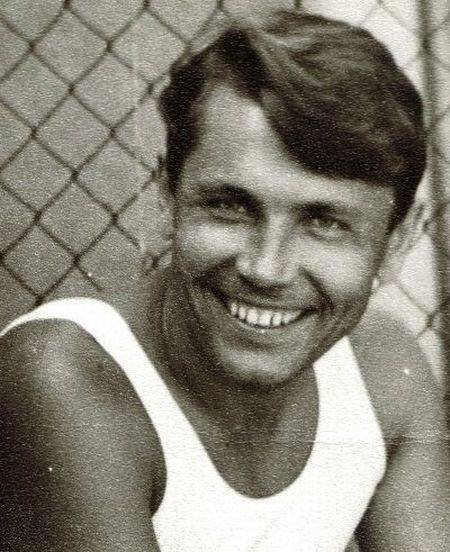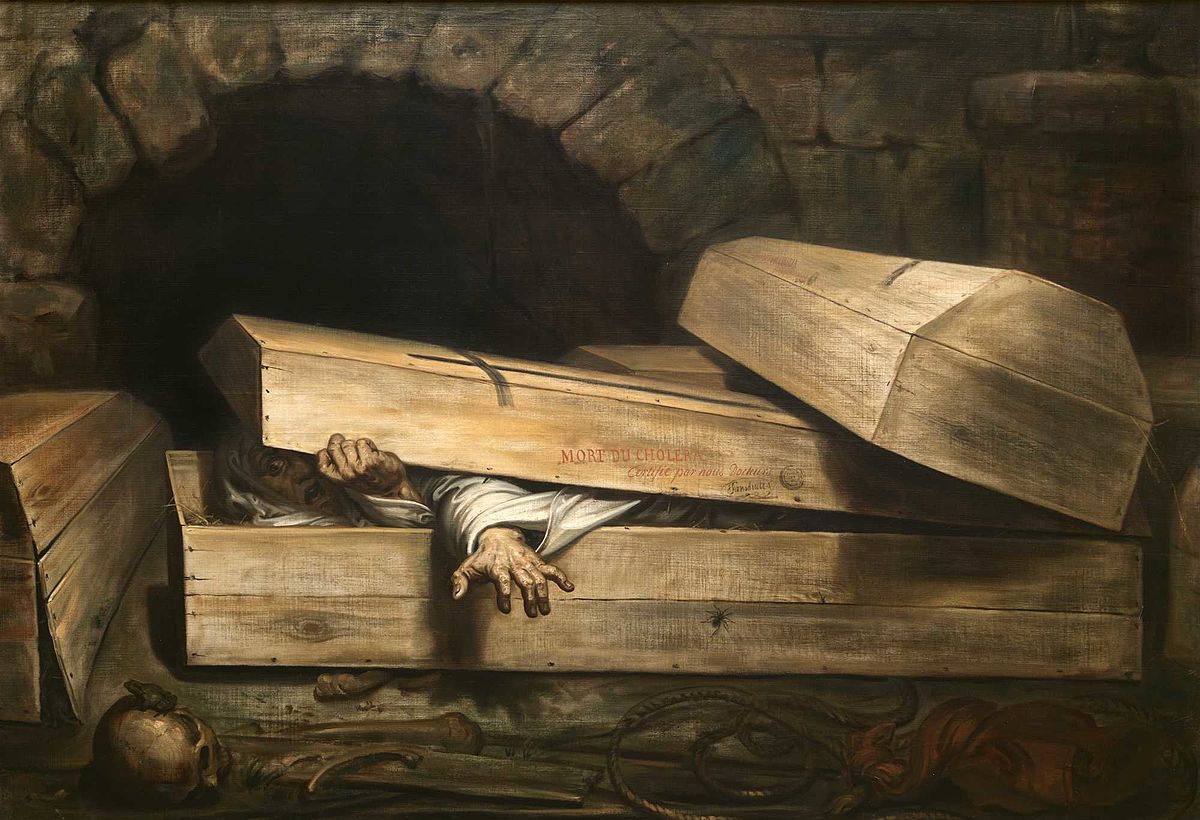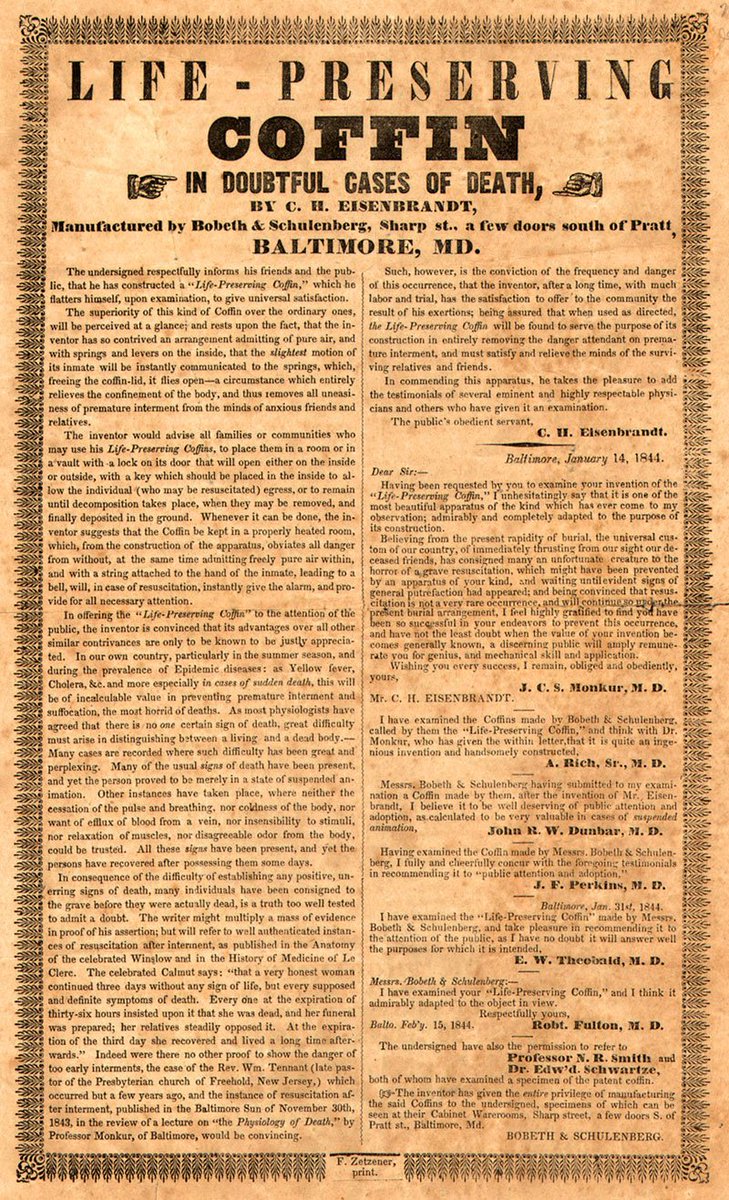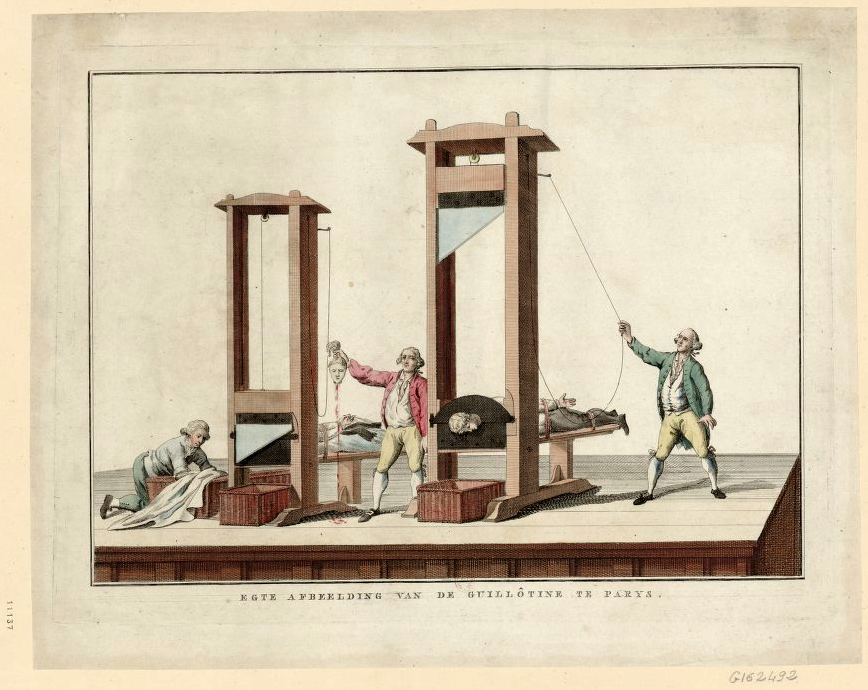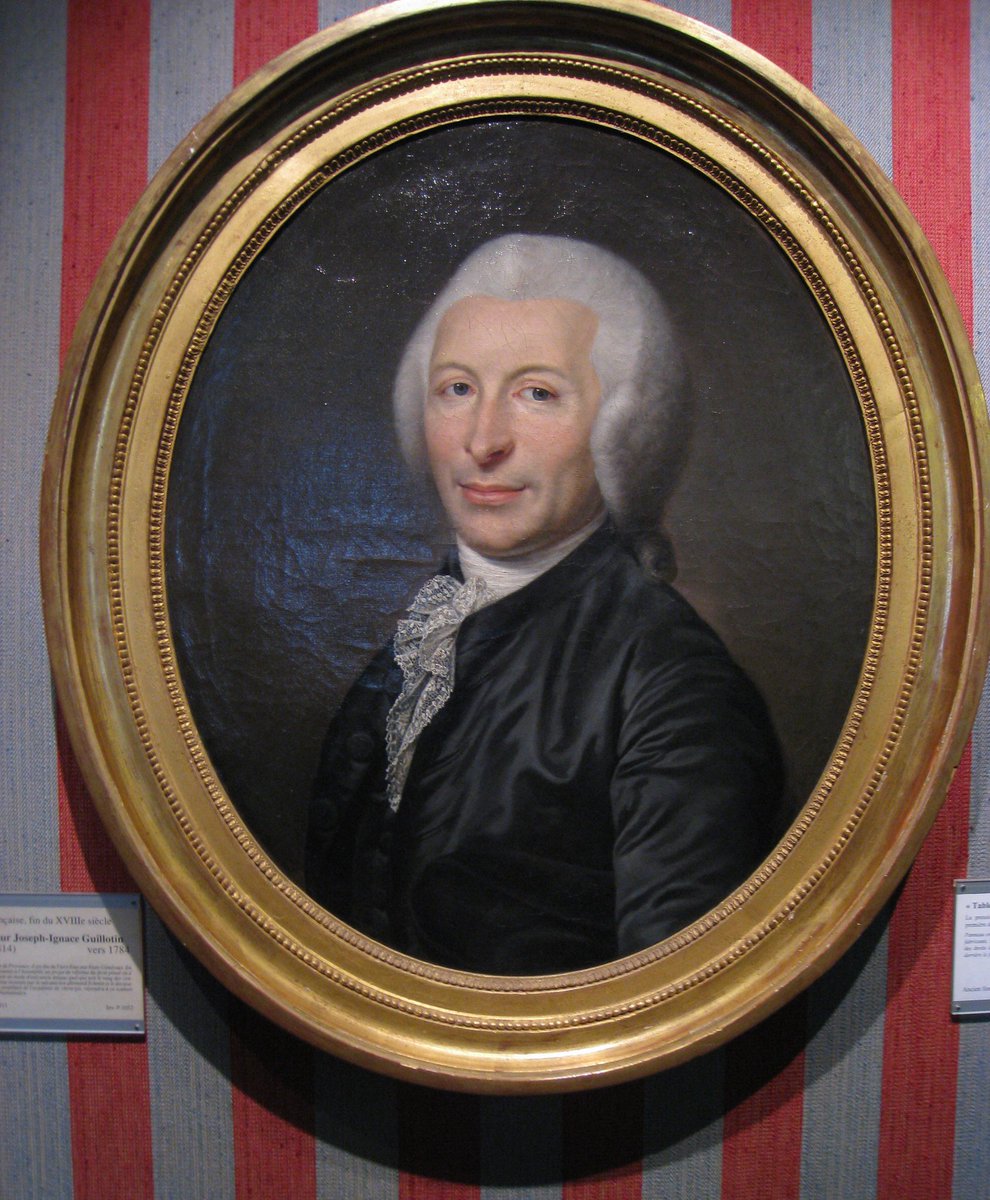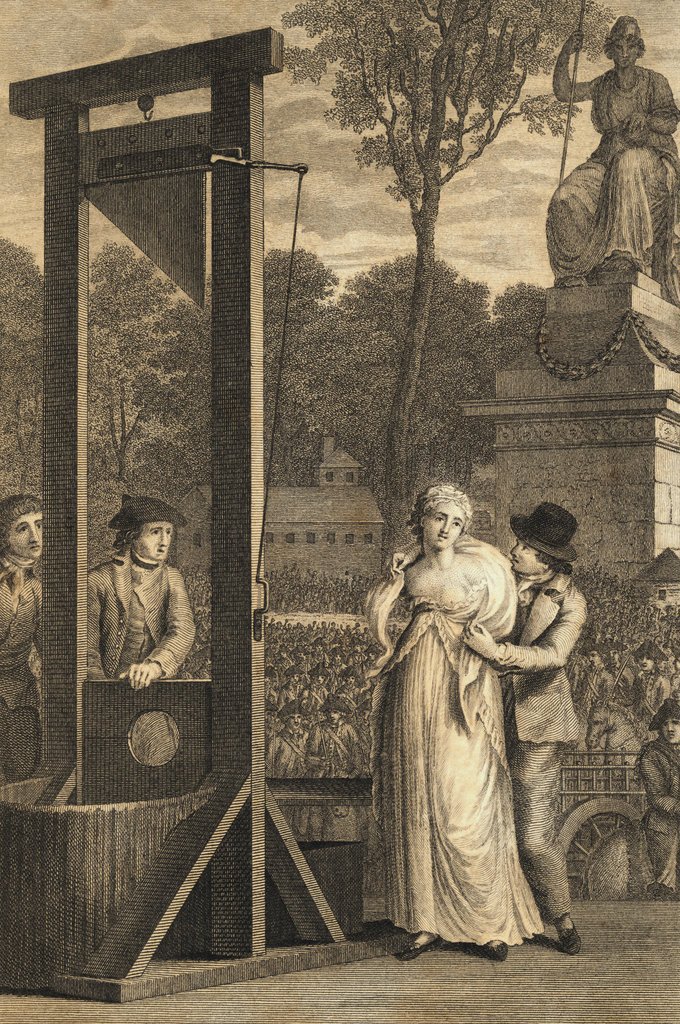
(1/10) THREAD👇This is a photo of Leonid Ivanovich Rogozov, who successfully removing his own appendix in 1961. Rogozov knew he was in trouble when he began experiencing intense pain in the lower right quadrant of his abdomen. It could only be one thing: appendicitis. 

(2/10) Under normal circumstances, appendicitis is not life-threatening. But Rogozov (pictured here) was stuck in the middle of the Antarctica, surrounded by nothing but thousands of square miles of snow and ice. He was the only doctor on his expedition. 

(3/10) Rogozov miraculously survived. Believe it or not, he was not the first to attempt a self-appendectomy. In 1921, the American surgeon Evan O’Neill Kane undertook an impromptu experiment after he too was diagnosed with a severe case of appendicitis.
(4/10) Kane (2nd man right) wanted to know whether invasive surgery performed under local anesthetic could be painless. If so, he reasoned that he could operate on others without having to administer ether, which he believed was dangerous and overused. 

(5/10) The 60-year-old surgeon announced his intentions to his staff. As he was Chief of Surgery, no one dared disagree with him. Kane administered novocaine—which had recently replaced the far more dangerous cocaine—as well as adrenalin into his abdominal wall. 

(6/10) Propping himself up on pillows and using mirrors, he began cutting. At one point, Kane leaned too far forward and part of his intestines popped out. He calmly shoved his guts back into place before continuing with the operation. Within thirty minutes, it as over. 

(7/10) Kane later said that he could have completed the operation more rapidly had it not been for the staff flitting around him nervously, unsure of what they were supposed to do!
(8/10) Emboldened by his success, Kane decided to repair his own inguinal hernia under local anesthetic 11 years later. The operation was carried out with the the press in attendance. This operation was more dangerous because of the risk of puncturing the femoral artery. 

(9/10) Unfortunately, this second surgery was tricky, and ended up taking well over an hour. Kane never fully regained his strength. He eventually came down with pneumonia, and died three months later.
(10/10) Kane’s story inspired a scene in TV series #TheKnick, where the head surgeon John Thackery (played by Clive Owen) operates on himself to relieve an ischemic bowel. Interested in surgical history? Check out my book #TheButcheringArt: amzn.to/39UE8BY 

• • •
Missing some Tweet in this thread? You can try to
force a refresh





